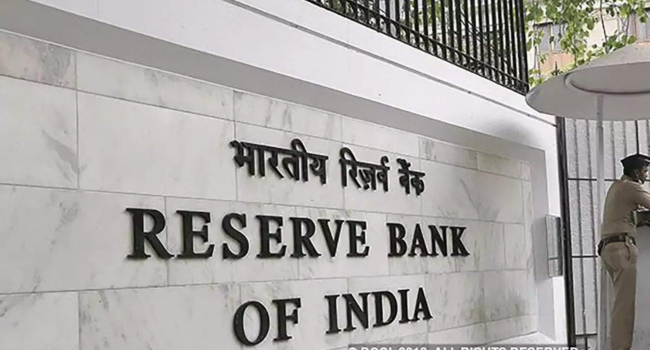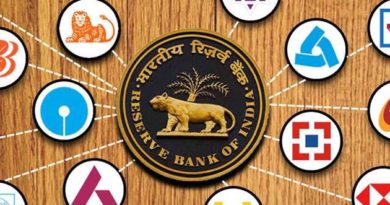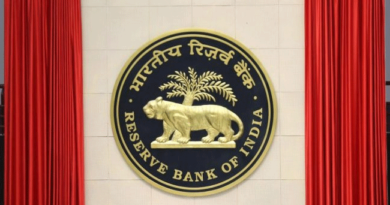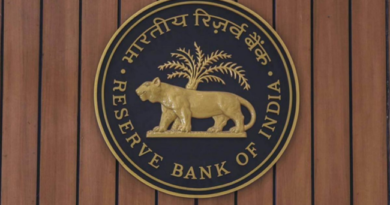Banking system liquidity turns surplus on higher deposit growth, govt spending
The banking system liquidity has become surplus in the last few days on higher deposit accretion and increase in the government spending.
The Reserve Bank of India (RBI) absorbed on an average Rs 70,933.8 crore of liquidity from the system on a daily basis between February 28 and March 7. The net liquidity absorption by RBI stood at Rs 1.14 lakh crore on March 5 and Rs 1.05 lakh crore on March 4.
After remaining in deficit mode for 17 days, RBI absorbed Rs 18,256.53 crore of liquidity on February 28 on a net basis. Between February 8 and February 27, the average daily infusion by the RBI into the system was Rs 27,107.82 crore.
While the net absorption number shows the surplus liquidity which is being sucked out of the system by RBI, net injection reflects the deficit. Liquidity in the banking system refers to the readily available cash that banks need to meet short-term business and financial needs.
“Essentially, it (liquidity surplus) is because of the deposits which have started increasing due to rise in interest rates. At the same time, there is some kind of slowdown in credit demand,” Bank of Baroda Chief Economist Madan Sabnavis said.
Many banks have increased their deposit rates after the RBI raised the repo rate by 250 basis point (bps) to 6.50 per cent since May 2022.
The weighted average domestic term deposit rate (WADTDR) on outstanding rupee term deposits of scheduled commercial banks increased by 12 basis points from 5.78 per cent in December 2022 to 5.9 per cent in January 2023, the latest RBI data showed.




